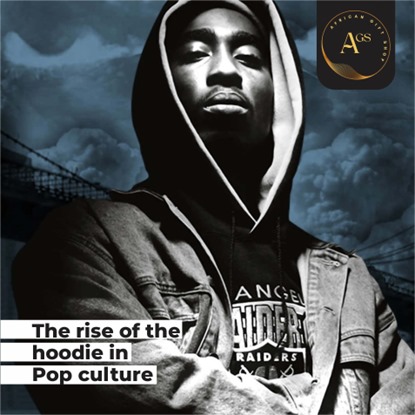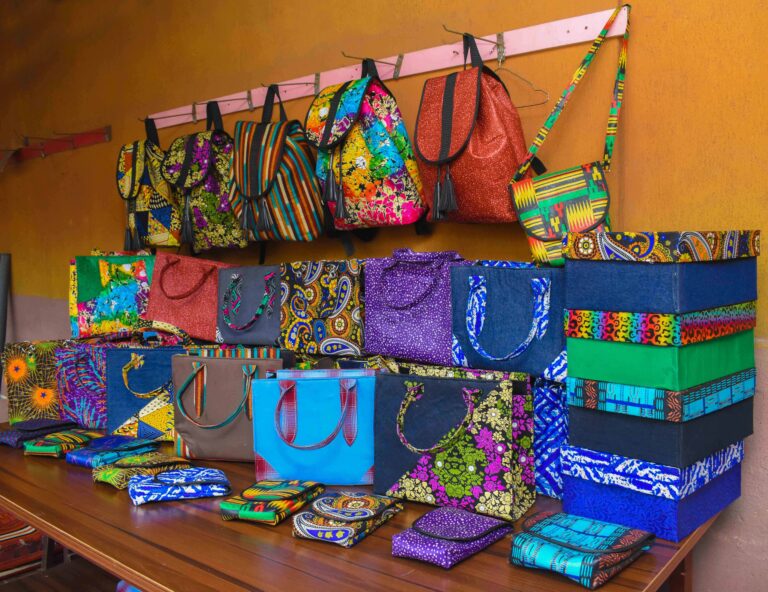Exploring the rich history of BouBou design: Unravelling Fashion Across Time’s Tapestry
The BouBou, a flowing, loose-fitting garment worn by both men and women, carries a rich cultural history that can be traced back centuries. It was once a symbol of status and prestige, worn by royalty and nobility, a testament to its historical significance and the respect it commands. This deep-rooted history of the BouBou connects us to the past and instils a sense of respect for its cultural significance, making it more than just a fashion item. Its historical significance makes it a must-have for history enthusiasts and fashion lovers alike.
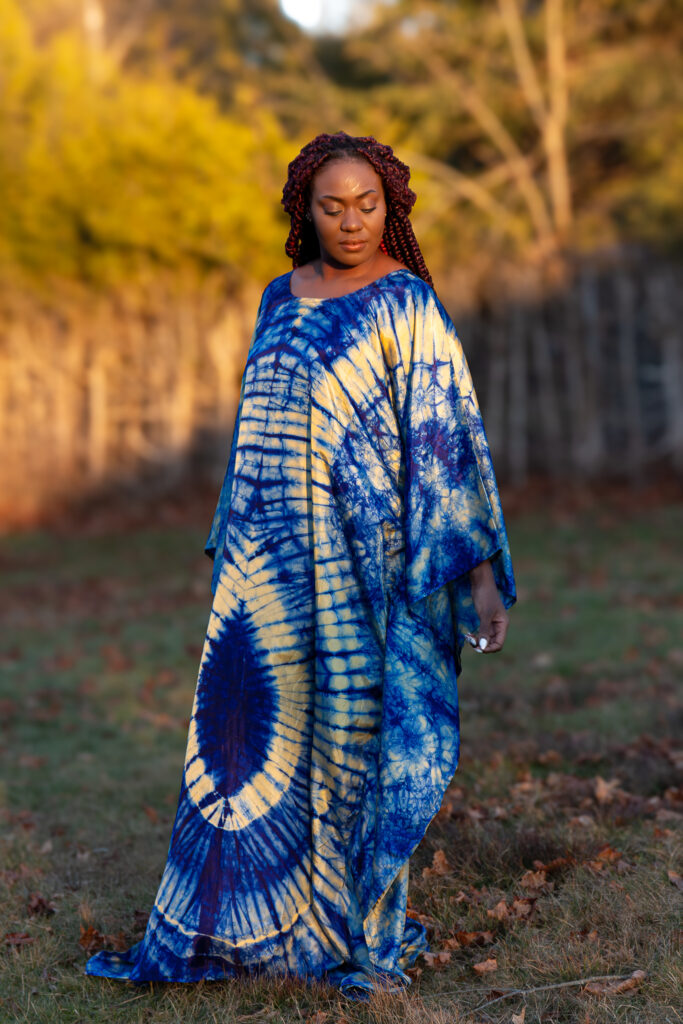
The BouBou originates from the clothing style of the Tuareg, Hausa, Kanuri, and other trans-Saharan trading groups. The flowing robes of the boubou provided protection from the sun’s ultraviolet rays by day and the night’s freezing temperatures in the Sahara desert. The BouBou was often worn with a large turban that covered the entire face and revealed only the eyes.
In modern times, the BouBou has evolved into a versatile fashion item, suitable for a wide range of occasions. Its exquisite craftsmanship, vibrant colors, and intricate embroidered designs make it a popular choice for people around the world. Whether it’s a formal event, a casual gathering, or a day indoors, there’s a BouBou ensemble for every occasion. The BouBou’s ability to transcend cultural barriers and appeal to people of diverse ethnicities is a testament to its universal charm. Its bold patterns speak of the comfort and elegance it provides, making it a captivating fashion ensemble.
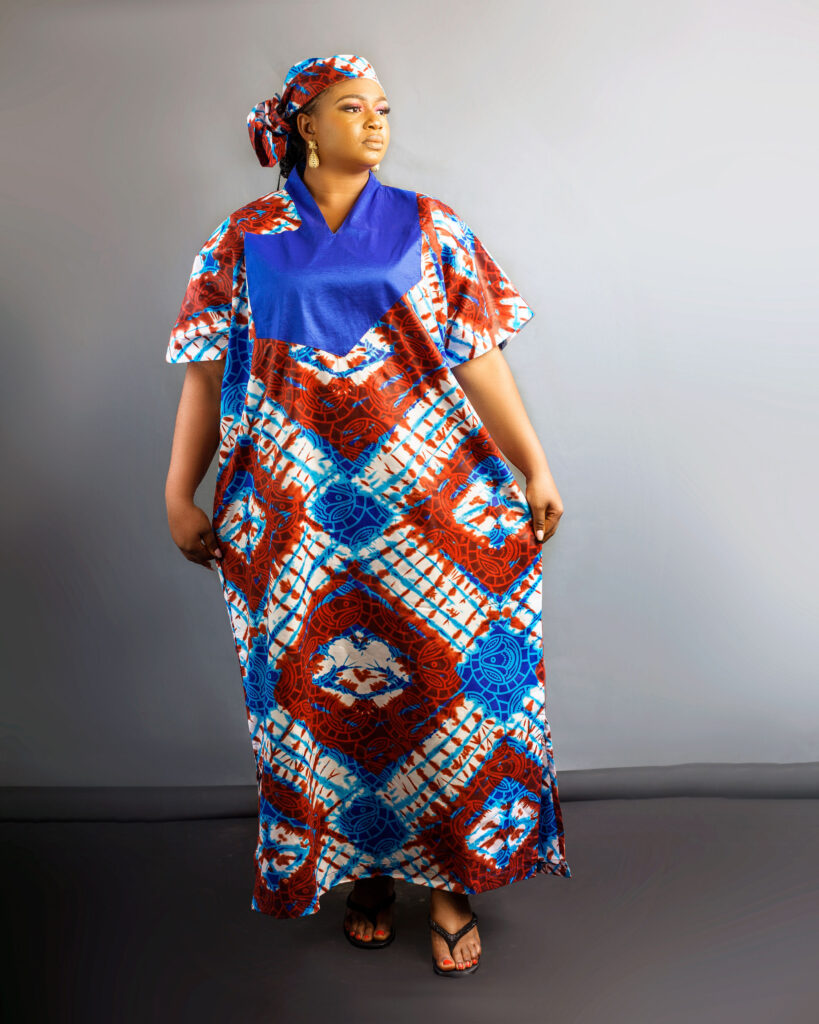
One commonly used fabric for making boubous is cotton, which is widely used because it is lightweight, breathable, and comfortable, making it suitable for various weather conditions. Silk is another luxurious fabric that adds elegance to boubou designs. Its smooth and lustrous texture gives the boubou a sophisticated appeal for special occasions or formal events. Ankara cloth is another popular fabric choice for boubous because it is vibrant and colourful with bold patterns and designs. Brocade is a richly patterned fabric that can be used to make boubous, thereby adding a touch of opulence to the ensemble. Another fabric well suited for the boubou is the Adire, a traditional hand-dyed fabric from Nigeria. Adire is made using resist-dyeing techniques, resulting in unique and intricate patterns and is often used for boubous in Yoruba culture. The Ghanian Kente cloth, which is highly symbolic and prestigious, is also a fabric of choice for ceremonial boubous. The Mud Cloth is a traditional Malian fabric made by dyeing the cloth with fermented mud. Its distinctive geometric patterns stand out when used to design the boubou gown, and it is a fabric of choice in West Africa. The variety of fabric choices adds richness and diversity to the boubou, making it a perfect choice for those interested in fabric and design.
At African Gift Shop, we take immense pride in presenting the prestige and heritage of African culture through our exceptional range of handmade boubous and handcrafted gifts. Our designs are a testament to Africa’s rich and diverse heritage, from the vibrant colours and patterns to the traditional materials and techniques. Whether you’re looking for a unique fashion statement or a meaningful gift, you will find something that captures your interest and reflects your love for African culture at the African Gift Shop.
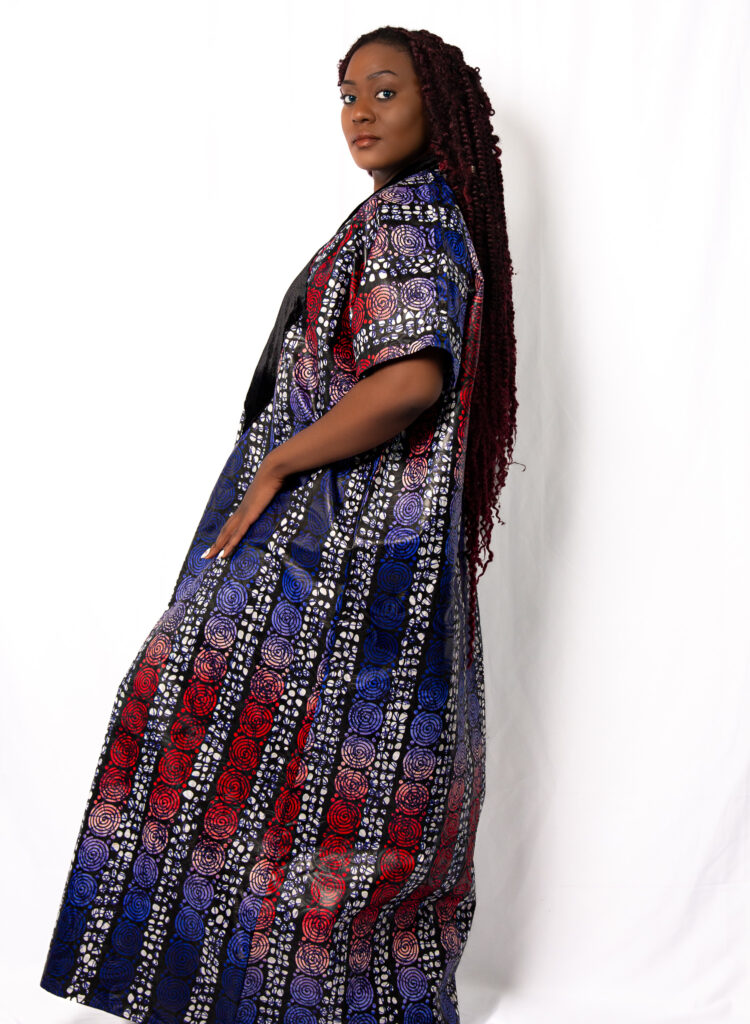
To view our collection, please visit the African Gift Shop (www.myafricangiftshop.com), the haven of handmade and unique African-themed gift items. As a black-owned business, we are unwavering in offering only authentic African-themed gifts. When you shop with us, you are rest assured that your purchase represents the authentic African culture and spirit. We take pride in our commitment to authenticity, ensuring you invest in the real deal. We invite you to immerse yourself in Africa’s vibrant culture and history as you explore our unique and eclectic collection.



